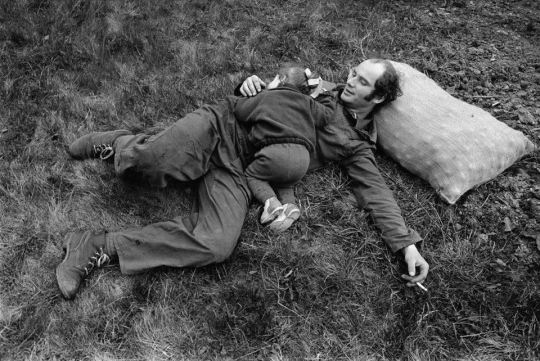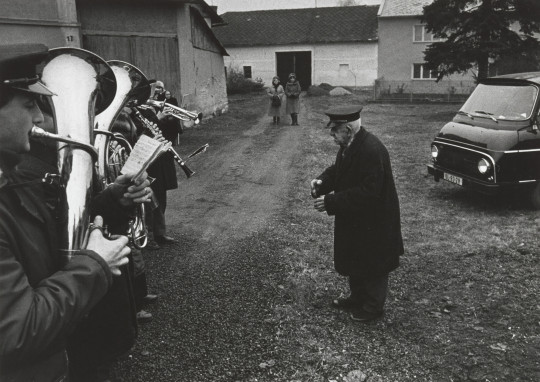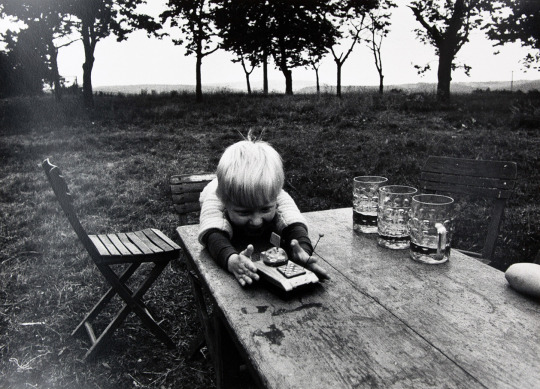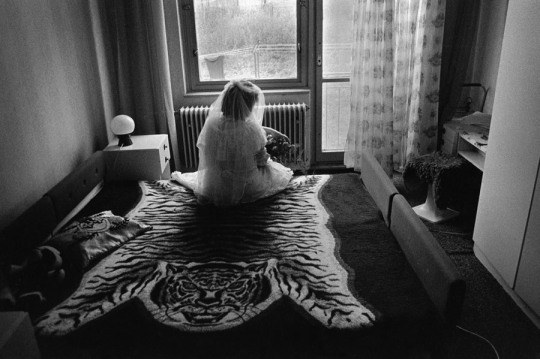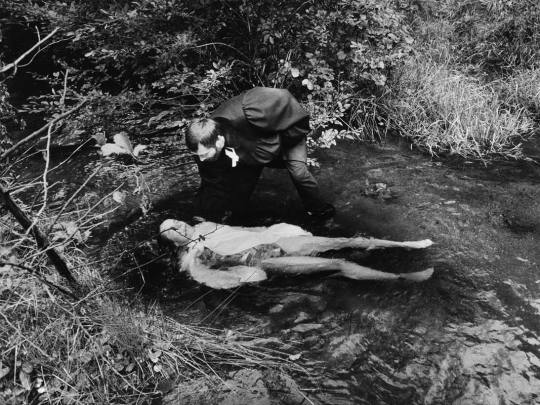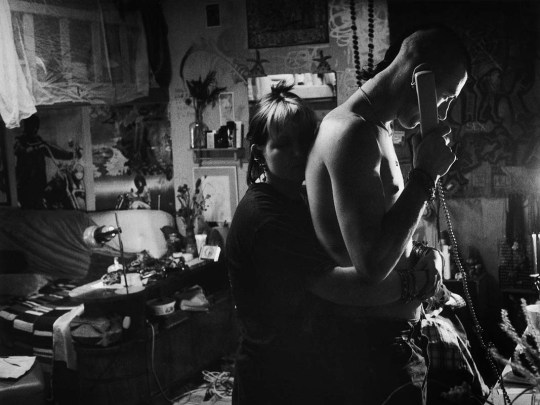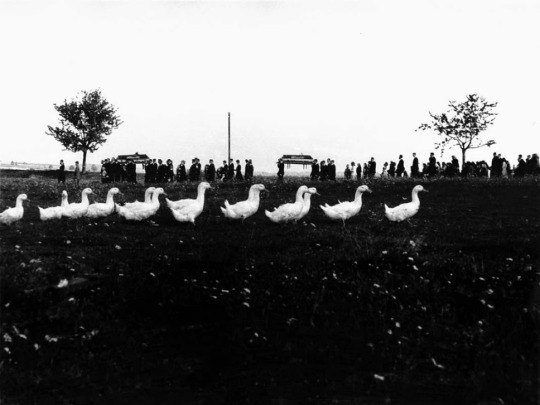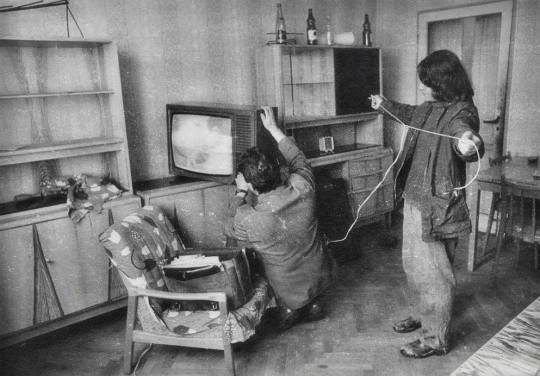#Jindřich Štreit
Text
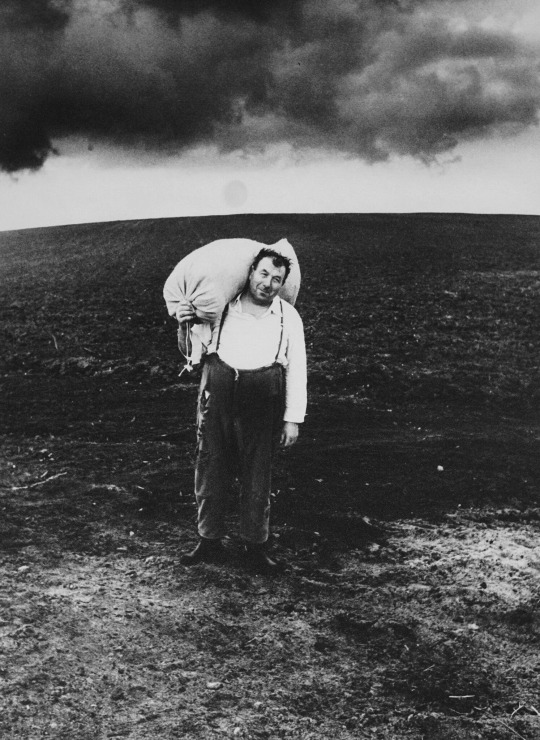
With a sack of potatoes, Těchanov, Czech, 1979 - by Jindřich Štreit (1946), Czech
99 notes
·
View notes
Text
𝘐𝘴 𝘱𝘩𝘪𝘭𝘰𝘴𝘰𝘱𝘩𝘺 𝘪𝘮𝘱𝘰𝘳𝘵𝘢𝘯𝘵 𝘪𝘯 𝘺𝘰𝘶𝘳 𝘸𝘰𝘳𝘬 ?
As I've said before, what's more important than thinking in my work is feeling. That's why philosophy and attitudes in life take second place. A momentary reaction, a lived experience of being involved in an event, the desire for an undistorted reproduction of what you are witnessing... Of course I have my own vision and understanding, or rather my own interpretation of reality. But we are not able to reformat our consciousness at lightning speed when confronted with something that does not fit into the usual canons of our perception of reality. How then not to distort the present you are witnessing? Is there enough time and experience to present a material that tolerates no other reading than that which is emitted and narrated by the characters of the images themselves? If there is a philosophy in my practice, it is only as an auxiliary function in the final stage of the final assembly of the project. What would guide me in this process? "Two things in the world fill my soul with sacred awe - the starry sky overhead and the moral law within us." - So said the great philosopher Immanuel Kant.
𝘞𝘩𝘰 𝘩𝘢𝘷𝘦 𝘣𝘦𝘦𝘯 𝘺𝘰𝘶𝘳 𝘪𝘯𝘧𝘭𝘶𝘦𝘯𝘤𝘦𝘴?
I'm afraid this list will be too long. Because I was originally trained as an artist and then as a theologian, and in a very abbreviated way, I have to mention Mikhail Vrubel and Pavel Florensky. However, if I come closer to the subject matter of this interview, I will try to single out a number of names which were particularly important for my photographic vision and formation. The curator of my first solo exhibition was the eminent Pictorialist photographer Georgy Kolosov. He was the first known photographer to appreciate my work and give me a start in my photographic life. Also, at the initial stage, thanks to personal acquaintance and lively communication, Vladimir Sokolayev, Valery Shchekoldin, Alexander Shchemliaev, Vladimir Syomin and Alexander Sliussarev have influenced my approach to aesthetics and semantic content of visuals. I was once lucky enough to meet Josef Koudelka when he visited Moscow. Previously his works, notably the Gypsy Cycle, have made an indelible impression on me. Perhaps I would like to single out another representative of the Czech school of photography, who has also opened the door to documentaries. Jindřich Štreit. The closest person to me from the Baltic school of photography is Romualdas Rakauskas. And as much as I would not like to name and cite other famous and respected names of my contemporaries, whom I sincerely love and admire, I will focus on two photographers whose visual language and work content is in unison with my current understanding of photodocumentary work. Number one is Marco Pesaresi, an Italian photographer with a piercing destiny and poetic legacy. And as I attach particular importance to the female gaze in the visual arts, number two in my pantheon of documentary photographers is the Frenchwoman Lise Sarfati. And this is by no means an exhaustive list. I keep discovering new names and keep my eyes watered by looking at photographs by previously known authors. It's a whole World.
𝘋𝘰 𝘺𝘰𝘶 𝘧𝘦𝘦𝘭 𝘵𝘩𝘢𝘵 𝘺𝘰𝘶𝘳 𝘸𝘰𝘳𝘬 𝘪𝘴 𝘱𝘰𝘭𝘪𝘵𝘪𝘤𝘢𝘭?
I think it's just not possible. Judge for yourself. My constant photographic credo is documentary. Unlike reportage that captures a momentary event, which can be interpreted in editorial ways with any politicized label, be it positive for one side or negative for the other, my series of works reflect timeless storylines. They are usually long-term projects about the lives of ordinary people without any ideological overtones. Traditional routines, stable everyday relationships, natural joys and sorrows, attributed in images and imprinted in centuries of history. And I hope that they will remain so in History with a capital letter. However, I try to add narrative to the visuals, where the text merely deciphers the salient features of the subject matter covered. A delicate, or should I say careful, treatment of the text is the key to a truthful story with heartfelt content. In this sense, I am guided by a rather convincing dictum of the French philosopher Jean Baudrillard, who was also fond of photography and had an excellent grasp of it. "The image must speak for itself. The ideal here would be total silence. Any commentary overwhelms and distorts the image. But people, as a rule, are not satisfied with the image alone: they need text, commentary, discourse. However, there is also a reciprocal relationship between image and text. They are in constant interaction. At first it's rejection, mutual exclusion, then comes a kind of companionship."
To summarize, I would like to note that for me personally, as a human being, the intuitionism of Nikolay Lossky and the cosmopolitanism of Maximilian Voloshin are closer. Proceeding from this, my picture does not accept any political position, apart from the fact that it was made by a Russian photographer by birth.
@misha-maslennikov
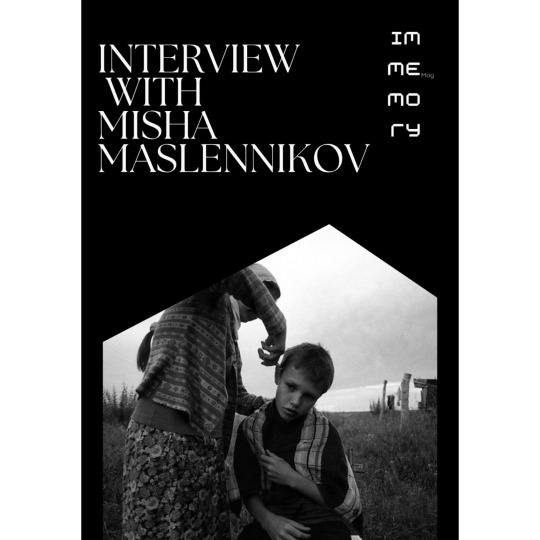
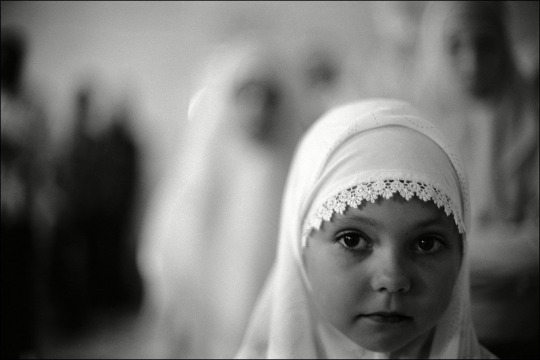

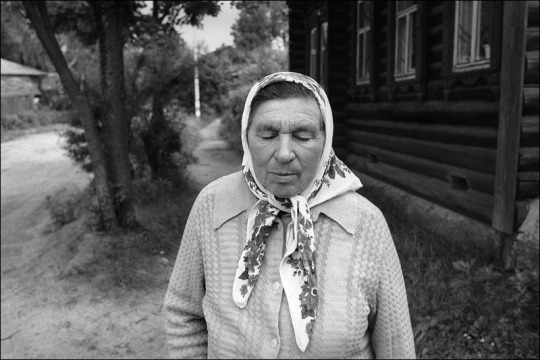




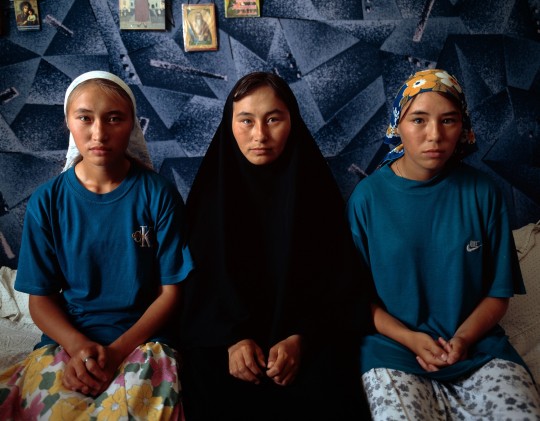

#photography#culture#art collective#photomagazine#art#bnwphotography#original photographers#black and white photography#misha maslennikov#russian photographer#london
11 notes
·
View notes
Text

Jindřich Štreit (Czech, b. 1946),
Untitled, 1983
1 note
·
View note
Photo

Jindřich Štreit. Arnoltice, 1987.
http://www.jindrichstreit.cz/en/#/en
65 notes
·
View notes
Text

From the series "Village People 1965 - 1990" - by Jindřich Štreit (1946), Czech
78 notes
·
View notes
Photo

Czech Republic, Arnoltice, 1990
Jindřich Štreit
208 notes
·
View notes
Text

Photo by Jindřich Štreit.
10 notes
·
View notes

